An immersive educational park experience to show the community the
importance of keeping our oceans and reefs healthy.
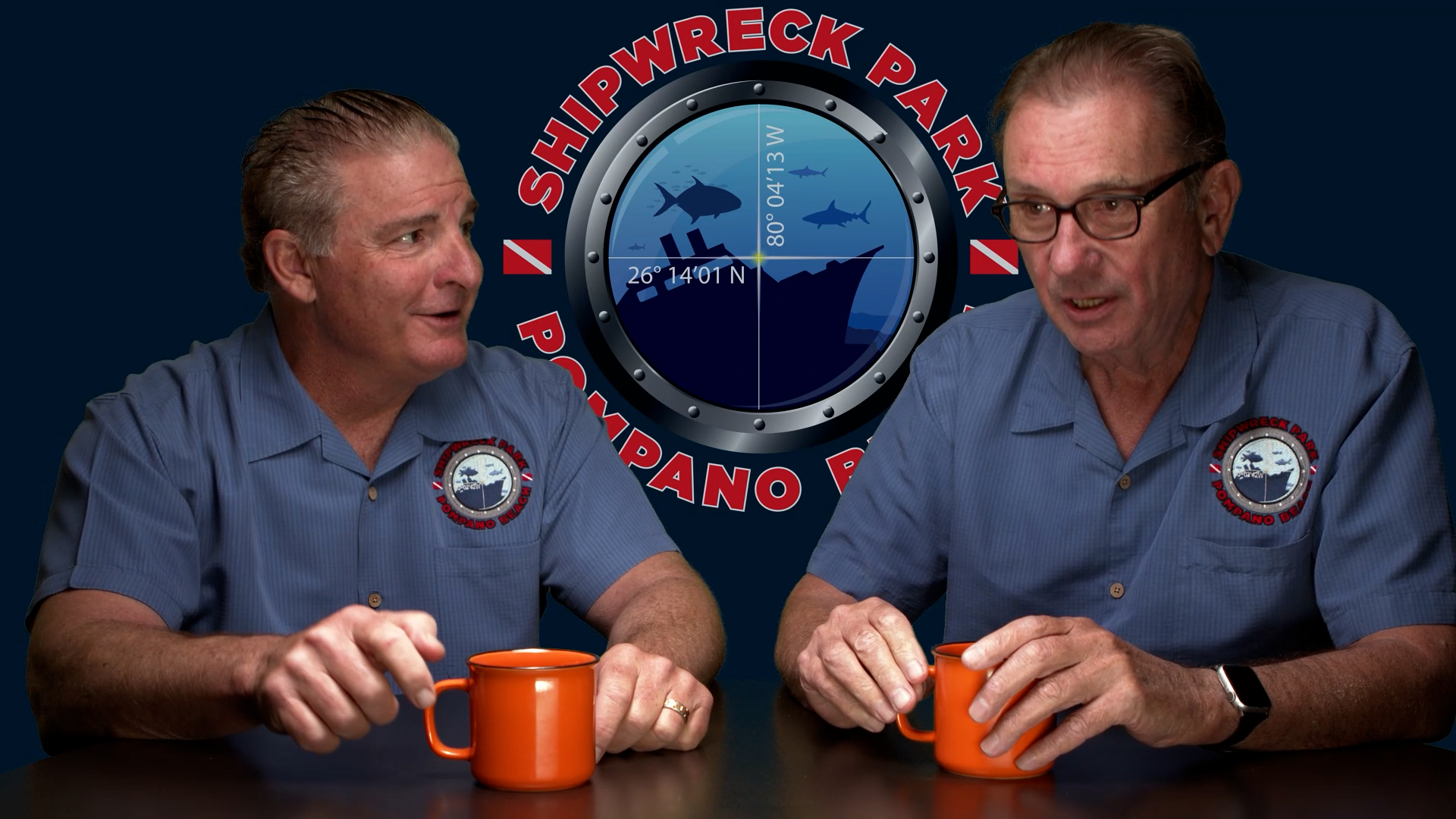
Wahoo Bay is envisioned to provide an immersive experience for park visitors, especially young children. Its purpose is to raise awareness of the importance of keeping our oceans and reefs healthy and thriving in an entertaining, educational and memorable way.
In the shallow protected waters adjoining the Pompano Beach, FL Hillsboro Inlet Park an underwater experience will be created that will preserve and enhance existing natural resources and add environmentally friendly interactive art, live lab experiments and educational displays. The in-water experience will stimulate all five senses and be accessible to anyone young and old, able-bodied or disabled.
The adjacent on-shore experience will continue the theme with the installation of interactive educational exhibits and create areas for open space outdoor classrooms.
In collaboration with FAU, the Wahoo Bay weather and water quality monitoring stations are installed and collecting historical data.
Surveyed underwater condition to prepare for SEAHIVE™ deployment.
First SEAHIVE™ components delivered to Alsdorf Park staging area.
First SEAHIVE™ module deployed
on March 13th.
Wahoobay.net launches with and internet portal that features a vast collection of sounds, images, and videos of Wahoo Bay fish species and educational tools for Pre K – 12th grade students.
Wahoobay.net to include:
24/7 livestreaming and recording 360 video and audio from the seafloor and the SEAHIVE™.
In collaboration with FAU, the Wahoo Bay weather and water quality monitoring stations are installed and collecting historical data.
Surveyed underwater condition to prepare for SEAHIVE™ deployment.
First SEAHIVE™ components delivered to Alsdorf Park staging area.
First SEAHIVE™ module deployed
on March 13th.
Wahoobay.net launches with and internet portal that features a vast collection of sounds, images, and videos of Wahoo Bay fish species and educational tools for Pre K – 12th grade students.
Wahoobay.net to include:
24/7 livestreaming and recording 360 video and audio from the seafloor and the SEAHIVE™.
Monitor the process by managing the ID and Purchasing teams to ensure timely delivery of FF&E for project. Review and approval of vendor invoicing.
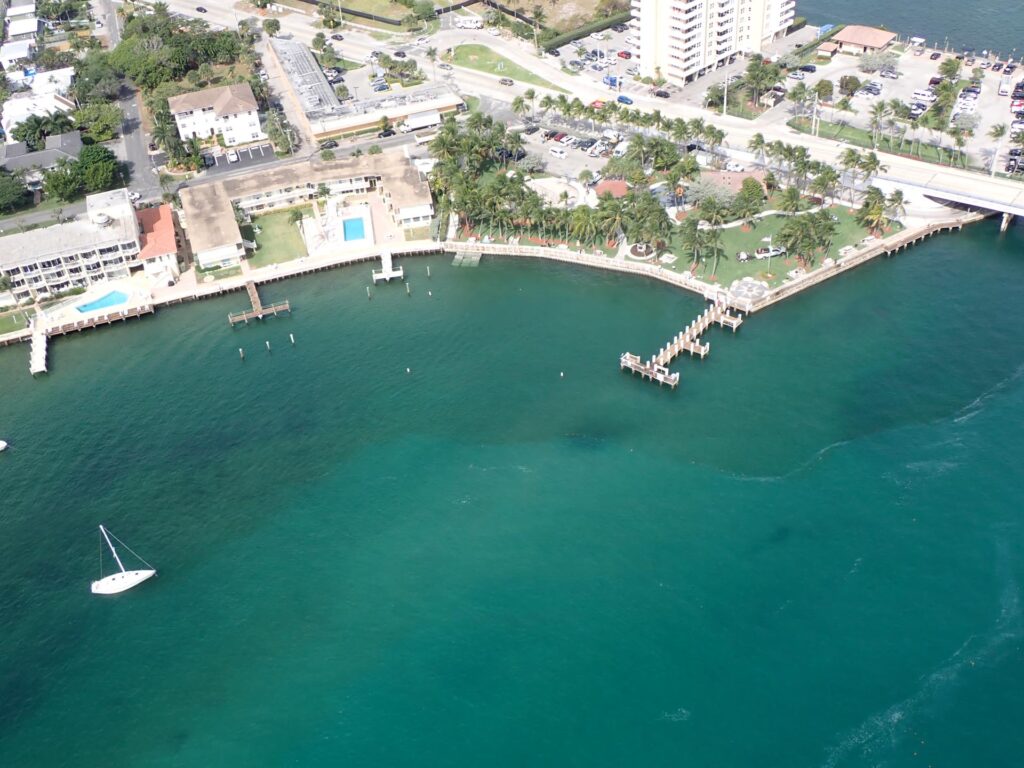
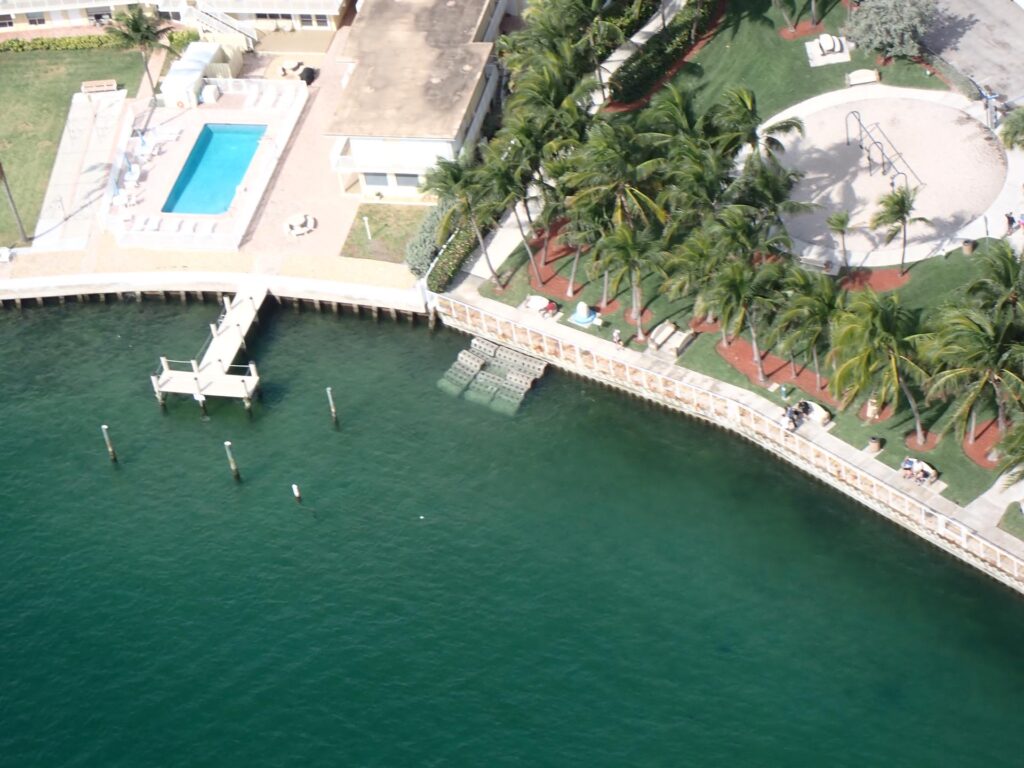
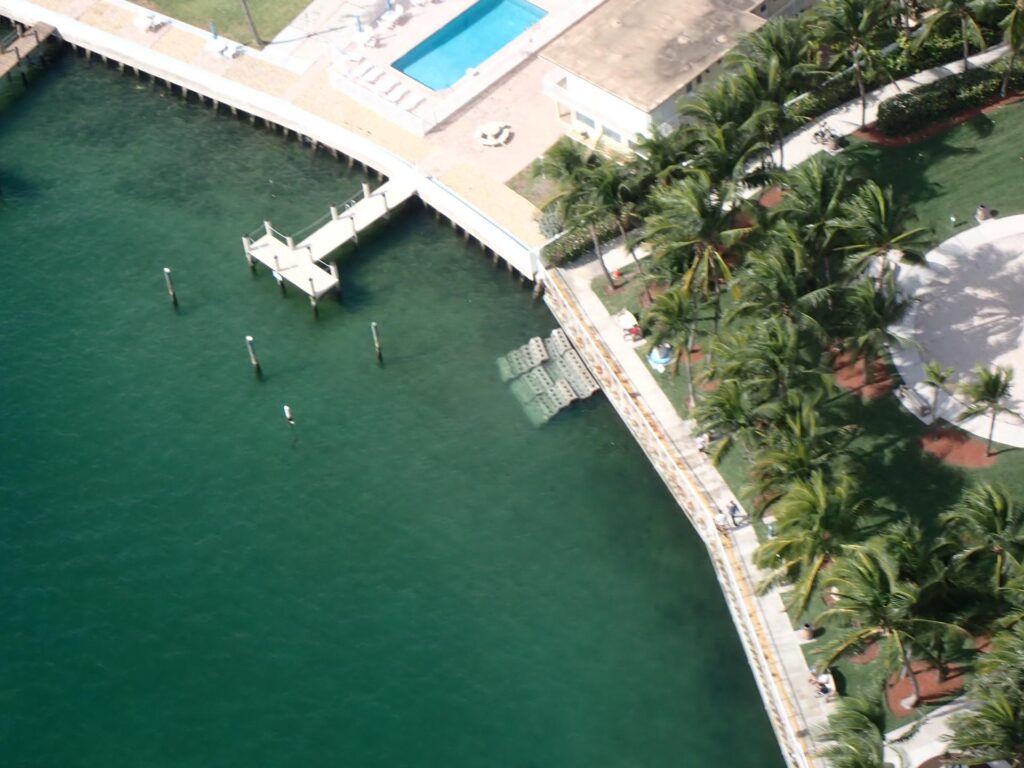


Coastal communities often depend on natural barriers, like mangroves and coral reefs, to aid in flood reduction during tropical threats like hurricanes.
In South Florida alone, reefs are worth an estimated 650 million dollars a year in avoided damages due to flooding.
As climate change intensifies, these impacts on coastal communities worsen. The stronger storms and rising sea levels lead to life-threatening storm surge and enhanced flooding.
 For the past few years, four scientists at the University of Miami have been conducting research to mitigate these effects through green engineering innovation.
For the past few years, four scientists at the University of Miami have been conducting research to mitigate these effects through green engineering innovation.
The system, called SEAHIVE™, is a marine and estuarine shoreline protection system that employs an artificial structure to dissipate wave energy before it makes it to the shoreline.
Dr. Landolf Rhode-Barbarigosis is the engineering lead on SEAHIVE™ and explains the design as “hollow prisms with perforations on their side that we use to protect the shoreline from the action of waves.”
“You can think of them as your speed bumps. They’ll slow down the waves as they come across before they hit the shoreline”, added ecology lead Dr. Diego Lirman.
In southeast Florida, reefs naturally sit far offshore, and while they provide a thriving ecosystem, they don’t provide the extra protection for the coastline and its residents.
“They are far away from shore, and they’re deeper; they’re not benefiting the shoreline in terms of coastal resilience. So that’s why we’re trying to develop efficient artificial hybrid structures to bring in healthy reefs closer to shore and shallower water,” adds Dr. Lirman.
The environmentally friendly and cost-efficient structure is made up of concrete hexagonal tubes stacked together.
What sets this green engineering endeavor apart is that living corals can be out-planted on them to further amplify their impact and create a long-lasting reef offshore.
According to NOAA, a healthy coral reef can absorb 97% of the wave energy from storms and hurricanes, helping protect people and property.
University of Miami Coral expert, Dr. Andrew Baker, says that “the advantage of this kind of hybrid solution of bringing together sort of manmade structures with nature-based structures is the nature-based component, essentially makes those structures self-repairing, self-growing, self-healing.”
Dr. Brian Haus echoed the idea that this project has long-term goals aimed at alleviating climate change impacts by saying, “Something that has corals that can potentially grow and keep up with climate changes that you actually, you know, you can add on reef material over time.”
For the project to be successful long-term, Dr. Baker and his team are working to ensure that the out-planted corals can thrive in a warming climate. “How can we generate corals that are more firmly tolerant, that are going to be better suited to be the restored corals of the 21st century so that we don’t plant out these corals and see them all bleach and die the next time we get a really warm summer,” says Dr. Baker.
“We all see the effects of climate change. We know that we’re in a hurricane-prone location. We know that we care about the environment. We’re in Miami. We love our environment. So the reason why we are doing it for the next generation,” stresses Dr. Landolf Rhode-Barbarigosis.
Three SEAHIVE™ projects are currently under permitting across South Florida; a green engineering seawall alternative in North Bay Village, a seawall/mangrove planter in Pompano Beach, and a hybrid coral reef offshore of Miami Beach.
Coastal communities often depend on natural barriers, like mangroves and coral reefs, to aid in flood reduction during tropical threats like hurricanes.
In South Florida alone, reefs are worth an estimated 650 million dollars a year in avoided damages due to flooding.
As climate change intensifies, these impacts on coastal communities worsen. The stronger storms and rising sea levels lead to life-threatening storm surge and enhanced flooding.
 For the past few years, four scientists at the University of Miami have been conducting research to mitigate these effects through green engineering innovation.
For the past few years, four scientists at the University of Miami have been conducting research to mitigate these effects through green engineering innovation.
The system, called SEAHIVE™, is a marine and estuarine shoreline protection system that employs an artificial structure to dissipate wave energy before it makes it to the shoreline.
Dr. Landolf Rhode-Barbarigosis is the engineering lead on SEAHIVE™ and explains the design as “hollow prisms with perforations on their side that we use to protect the shoreline from the action of waves.”
“You can think of them as your speed bumps. They’ll slow down the waves as they come across before they hit the shoreline”, added ecology lead Dr. Diego Lirman.
In southeast Florida, reefs naturally sit far offshore, and while they provide a thriving ecosystem, they don’t provide the extra protection for the coastline and its residents.
“They are far away from shore, and they’re deeper; they’re not benefiting the shoreline in terms of coastal resilience. So that’s why we’re trying to develop efficient artificial hybrid structures to bring in healthy reefs closer to shore and shallower water,” adds Dr. Lirman.
The environmentally friendly and cost-efficient structure is made up of concrete hexagonal tubes stacked together.
What sets this green engineering endeavor apart is that living corals can be out-planted on them to further amplify their impact and create a long-lasting reef offshore.
According to NOAA, a healthy coral reef can absorb 97% of the wave energy from storms and hurricanes, helping protect people and property.
University of Miami Coral expert, Dr. Andrew Baker, says that “the advantage of this kind of hybrid solution of bringing together sort of manmade structures with nature-based structures is the nature-based component, essentially makes those structures self-repairing, self-growing, self-healing.”
Dr. Brian Haus echoed the idea that this project has long-term goals aimed at alleviating climate change impacts by saying, “Something that has corals that can potentially grow and keep up with climate changes that you actually, you know, you can add on reef material over time.”
For the project to be successful long-term, Dr. Baker and his team are working to ensure that the out-planted corals can thrive in a warming climate. “How can we generate corals that are more firmly tolerant, that are going to be better suited to be the restored corals of the 21st century so that we don’t plant out these corals and see them all bleach and die the next time we get a really warm summer,” says Dr. Baker.
“We all see the effects of climate change. We know that we’re in a hurricane-prone location. We know that we care about the environment. We’re in Miami. We love our environment. So the reason why we are doing it for the next generation,” stresses Dr. Landolf Rhode-Barbarigosis.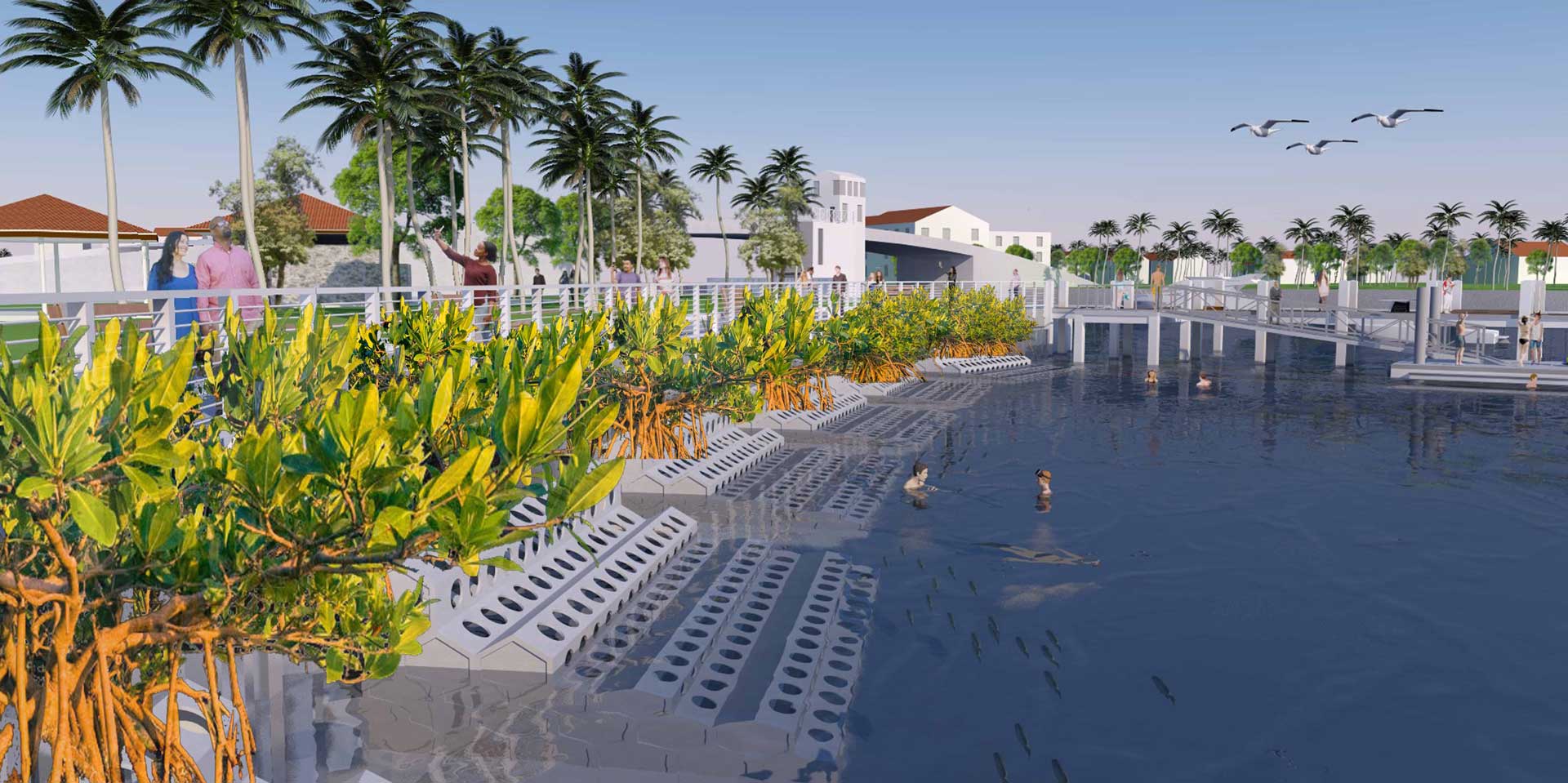
Three SEAHIVE™ projects are currently under permitting across South Florida; a green engineering seawall alternative in North Bay Village, a seawall/mangrove planter in Pompano Beach, and a hybrid coral reef offshore of Miami Beach.

An artist’s drawing of Pompano Beach’s underwater marine park called Wahoo Bay. The structure is an engineered marine and estuarine shoreline protection system called SEAHIVE™, created by scientists at the University of Miami. The hope is that the system will not only protect the area from flooding and erosion but will be hospitable to sea life. (Gallo Herbert Architects/Courtesy)
A new underwater marine park called Wahoo Bay aims to become a living laboratory for people to learn about the ocean and what thrives in it.
The park will be located on the southern side of Hillsboro Inlet in Pompano Beach, said Rob Wyre, a member of a volunteer group working on the project since 2017. “We are creating a mini marine estuary,” he said.
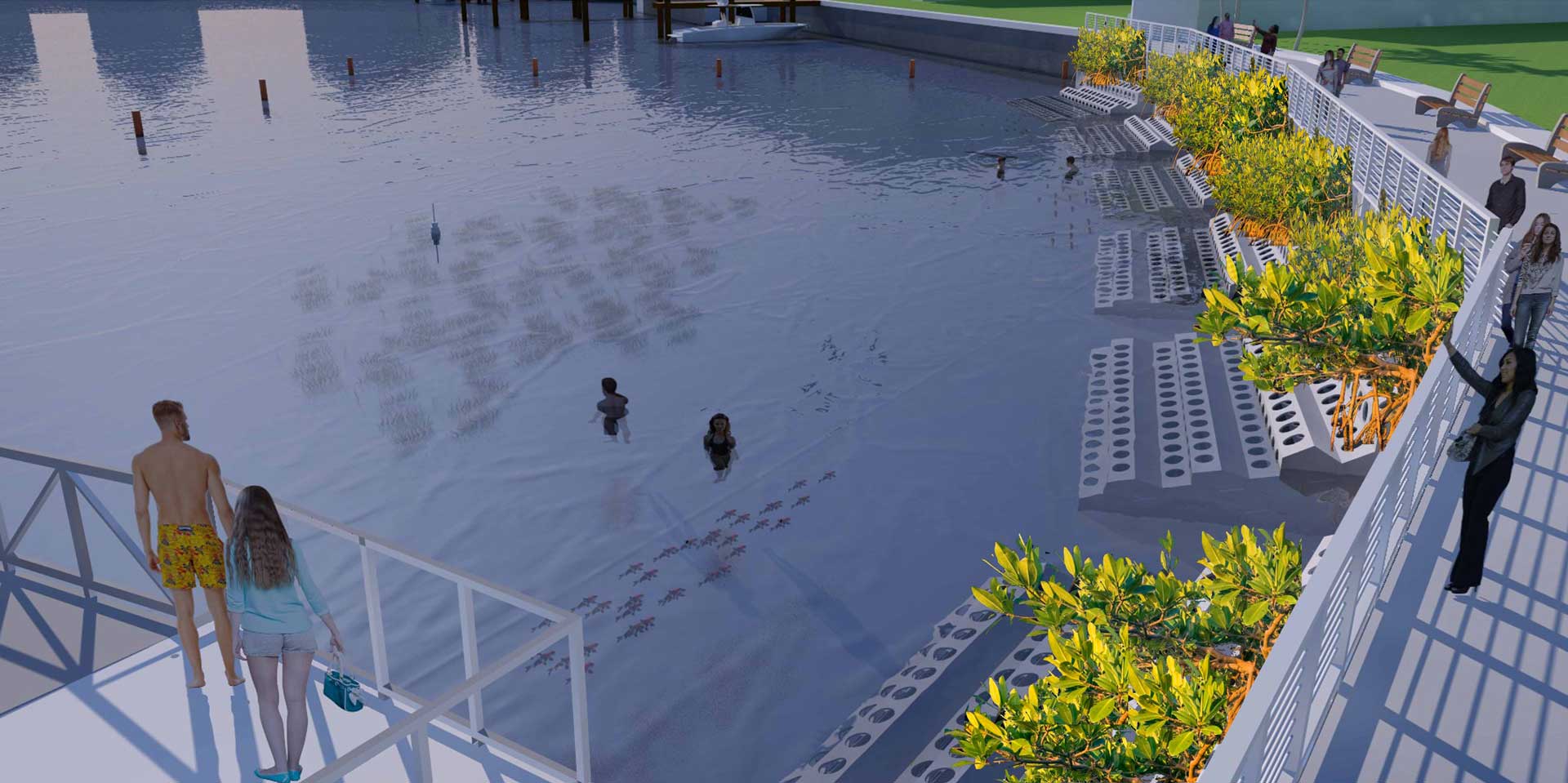
Wahoo Bay won’t be a sandy playground, but an educational space where visitors can explore above or below the water — or go virtual — to learn about the ocean, how to protect it and how underwater ecosystems help us.
Wyre says his volunteer group is still working with the Pompano Beach Parks and Recreation department to determine what the programming for the park will be like, but they are envisioning school groups taking field trips here and having outdoor classrooms with educational exhibits. Snorkeling will also be available, he said.
“Wahoo Bay will help people understand the oceans around them because you don’t have to be a certified diver to see it,” said Wyre, who is also the chairman of Shipwreck Park, a diving destination about a mile out from Pompano Beach.
Wahoo Bay is a Shipwreck Park initiative that will be run by the same team of volunteers in conjunction with the city’s parks and recreation department and Broward County. “Think of all of the children who have not been to the ocean that don’t understand the wonder of it,” he said.
The group made progress in January when the Florida Fish and Wildlife Conservation Commission committed $50,000 to Broward County for Wahoo Bay, according to Wyre. However the new park will cost more than $1 million to complete and additional funds to maintain day-to-day, he says. They are holding fundraisers and asking for donations at wahoobay.org/donations-page.
In March, the city designated a public swim area at Hillsboro Inlet Park to create a mini marine preserve for Wahoo Bay. The body of water is 6 feet deep at its most shallow point, but can be as deep as 12 feet.
RELATED: Underwater attraction, Shipwreck Park, is a real dive bar »
Architectural renderings show a structure partially surrounding the swimming area to the north, south and west. The structure is an engineered marine and estuarine shoreline protection system called SEAHIVE™, created by scientists at the University of Miami. The hope is that the system will not only protect the area from flooding and erosion but will be hospitable to sea life, creating an eco laboratory for Wahoo Bay visitors.
“It presents a magnificent amount of square footage that will be inhabited by grasses and … corals and fish and things like that,” Wyre said. “And on top of those SEAHIVEs we’re going to plant mangroves and maintain the mangroves so they don’t become overgrown…they maintain the underwater expansion but we don’t cut the limit of the view from the park to the lighthouse.”
Construction on the marine park including the installation of SEAHIVE™, underwater sensors, cameras and a swim access platform is expected to start later this summer or in the fall.
Existing coral colonies identified in the water where Wahoo Bay will be located will be safely moved during construction and brought back to the area under FWC guidelines, according to Wyre.
“We hope that with all of this improved habitat it will attract fish and other invertebrates to the area and it will become its own little zoological feature,” said Wyre, who points out data collection is also a crucial part of the experience.
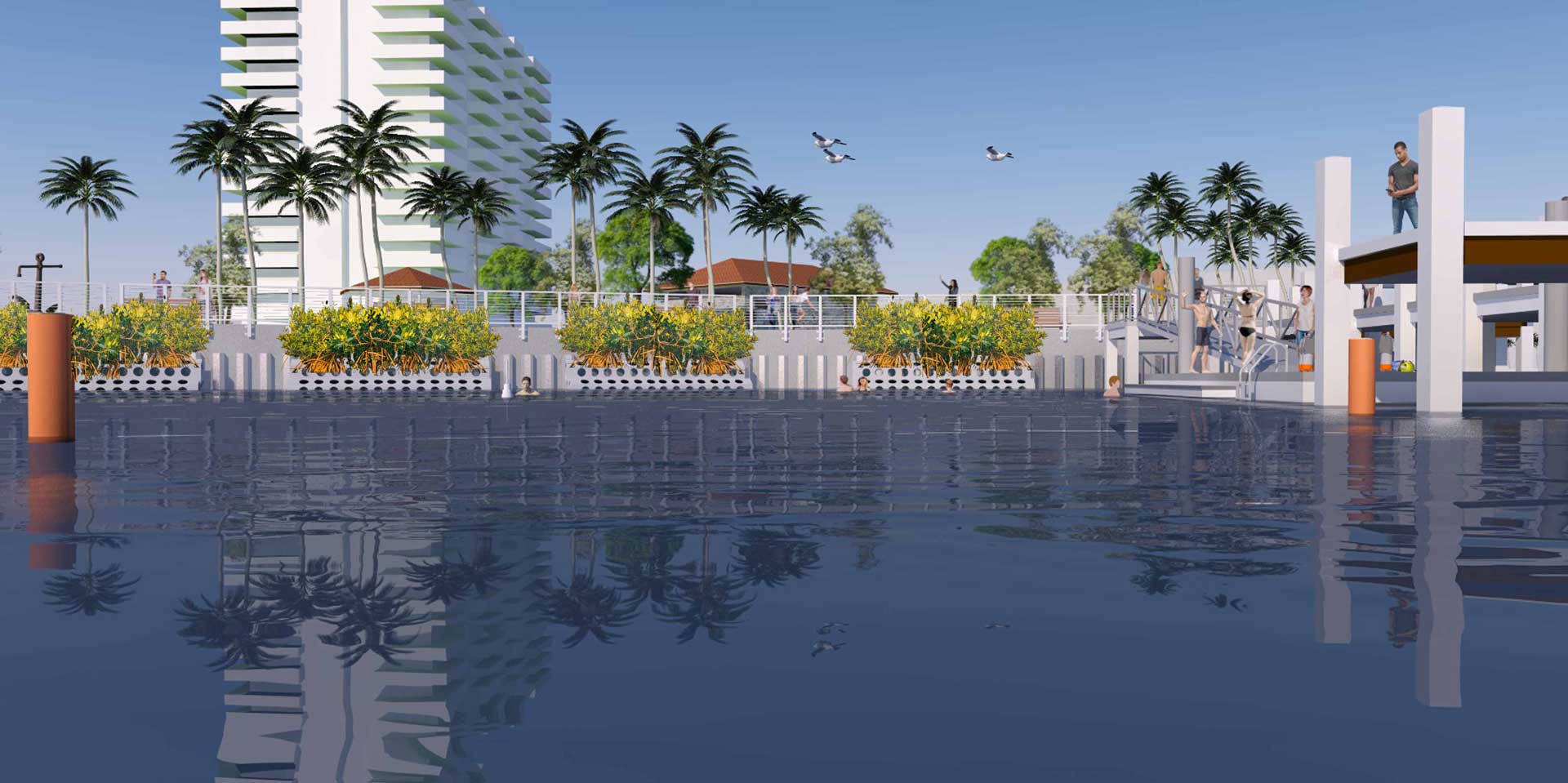
“We plan to deploy the Kilroy Continuous Water Monitoring System that will capture and report real time readings on: dissolved oxygen, pH levels, salinity, turbidity, water temp, nitrogen…among others. This information will be made available for study in classrooms and by other interested citizen scientists.”
Many details are still being worked out with the city in terms of visitor entry into the park and price. Also, access to Wahoo Bay from Hillsboro Park will not be allowed when weather or water conditions are deemed unsafe.
“We need to do what we can to help the next generation, and the next generation after that, understand the importance of protecting this precious land and learn the things they can do to affect the way the climate is going,” said Wyre.
Shipwreck Park is a not-for-profit organization dedicated to the creation of an underwater park system establishing artificial reefs, utilizing public art to raise awareness of the need to preserve and conserve our natural coral reef system.
Creation of unique, transformative and living public art to raise awareness and inspire emotional connections.
Deploy host structures that facilitate the natural colonization of marine habitats to protect and conserve our natural marine ecosystems.
To create public awareness about the plight of the marine environment by inspiring support of conservation efforts off our shores.
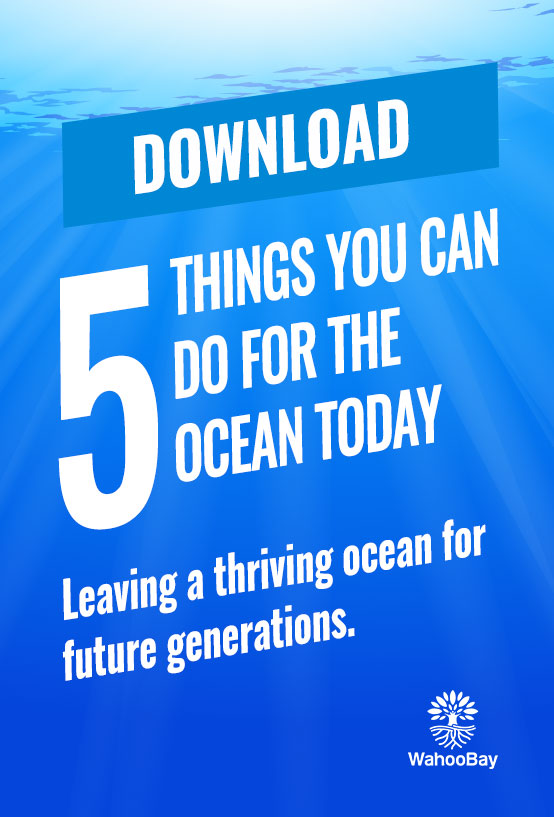
Contributions benefit Wahoo Bay Foundation, a not-for-profit, tax-exempt organization. A COPY OF THE OFFICIAL REGISTRATION (STATE REGISTRATION NO. CH47029) AND FINANCIAL INFORMATION for SHIPWRECK PARK MAY BE OBTAINED FROM THE DIVISION OF CONSUMER SERVICES AT www.FloridaConsumerHelp.com OR BY CALLING TOLL-FREE (800-435-7352) WITHIN THE STATE. REGISTRATION DOES NOT IMPLY ENDORSEMENT, APPROVAL, OR RECOMMENDATION BY THE STATE.